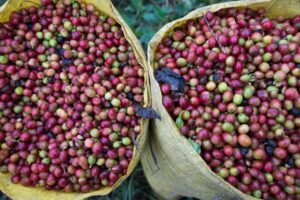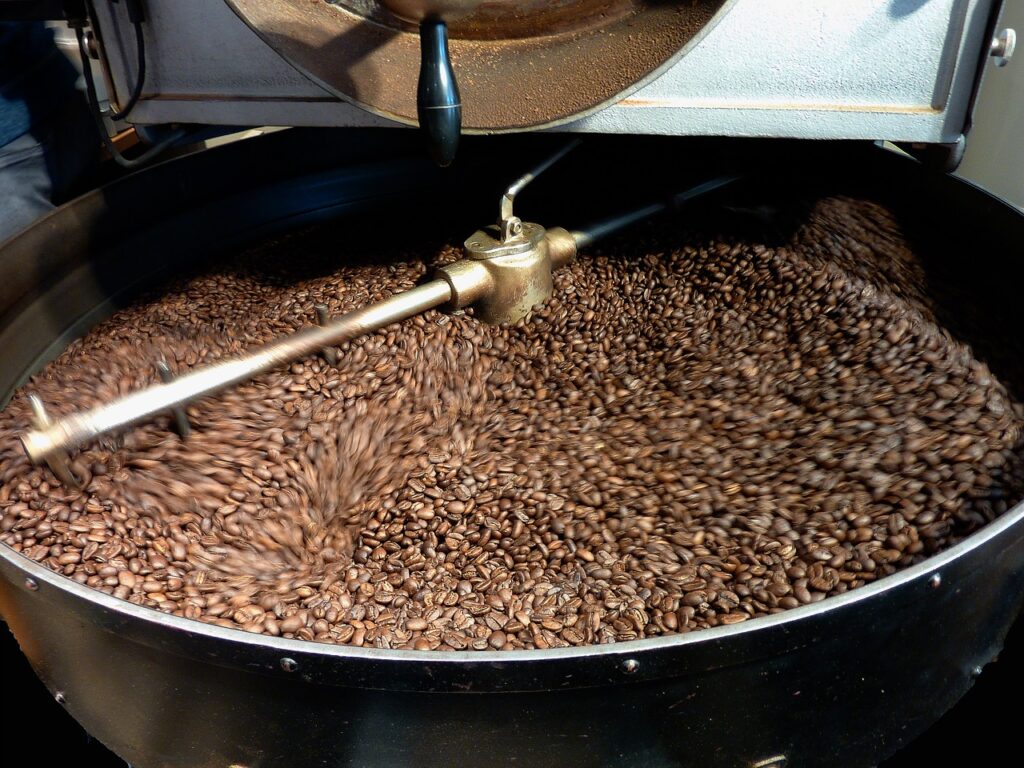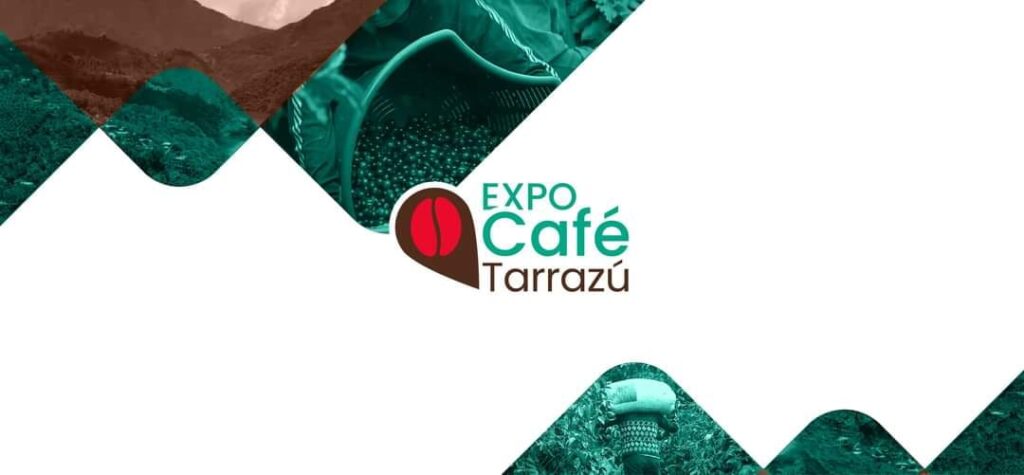Costa Rica has a reputation for producing some of the best coffee in the world. There are eight coffee growing regions in Costa Rica, the most famous of which is Tarrazú, also known as Los Santos (the Saints).
So what makes Tarrazu coffee so special, especially when compared to other great Costa Rican coffees?
Coffee beans and blends
Coffee plants grow best in certain areas, as you would expect. There are different types of coffee beans, each grown for different qualities. For example, you’ve probably heard of Arabica and Robusta beans.
Arabica coffee is the most popular type of coffee, as it has a complex, slightly sweet flavor that is pleasant when drunk neat. It is considered a product of special quality, with subtle changes in flavor depending on the place of cultivation. Robusta coffee, on the other hand, is famous for its high caffeine content. Robusta beans are cheaper than most and stronger, but have a bitter taste. It is typically used in instant coffee because it is cheap and can withstand the freeze-drying process.
Simply put, Arabica is what you’ll drink on a lazy afternoon when you can enjoy a good beer. Robusta is what you drink when you need the caffeine to kick yourself in the face and keep going. So what kind of coffee beans grow in Tarrazú?
Tarrazú, with its volcanic soils and mountainous topography, enjoys an ideal climate for growing high-quality Arabica beans. Some of these plantations are located around 5,000 feet above sea level. Tarrazú is divided into a seven-month rainy season followed by a dry summer. This works well with growing coffee, as it can grow in the rainy season before being harvested in the dry season. This dry station is perfect for drying coffee beans and producing a fantastic product. The most common Arabica beans found in Tarrazú are the Caturra and Catuai varieties. These two have quite a particular profile. Tarrazú coffee is characterized by having a round body, a pleasant and powerful acidity and a fruity flavor with a hint of chocolate. It even smells fantastic.

Traditional coffee processing
Of course, the coffee does not go directly from the plant to your cup. There are intermediate steps to prepare the coffee bean for consumption. Here is a very basic overview of how your typical coffee bean is processed. First, the cherries (fruits that contain the beans) are harvested, then the kernel is extracted and washed from the cherry pulp and mucilage. It is dried and finally roasted. The beans are sold whole or ground.
It’s quite simple and works well, which is why this process is used all over the world. But that could be about to change. Tarrazú coffee is famous for another reason. It is the birthplace of a completely new way of processing coffee, the goal of which is to make Tarrazú coffee even better.
It is known as the Thermal process and was invented by Don Luis Campos from the Cordillera de Fuego. Who is Don Luis Campos and what does his process lead to?




The inventor: Don Luis Campos
In 1984 Don Luis Campos graduated from the university and bought a small coffee farm in Tarrazú. He has since founded Cordillera de Fuego and has spent the last ten years experimenting with different ways of processing coffee. These include natural, honey, anaerobic, and thermal methods.
READ Costa Rica and Milan Among Winners of Prince William’s Earthshot Environmental Award
In plus de faire preuve d’un esprit d’innovation lorsqu’il s’agit de developper de nouvelles façons intéressantes de traiter le café, Don Luis Campos également embrasé la lutte du Costa Rica contre le changement climatique et les émissions de gaz à greenhouse effect.
One of the largest projects recently undertaken by Cordillera de Fuego was the installation of enough solar panels to power the main offices and cover more than half of the energy needed for the wet mill. Also, the remaining coffee pulp is processed and turned into fertilizer.
Currently, Cordillera de Fuego is run by Don Luis Campos and Eduardo Campos Varela, another coffee expert. The company also has a fully equipped laboratory, which is enabled for quality control, as well as for research and development of different types of coffees and processes.
About the Thermal Process: A New Way of Making Coffee
It begins when the coffee cherries are harvested, as they are very deliberately picked when they are as ripe as possible. The riper the cherries, the higher their sugar content.
After picking these super ripe coffee cherries, they are partially washed. Basically, most of the pulp is removed, but the mucilage remains in the coffee bean. This provides that essential sugar, which is vital for the next step in the process. The coffee beans are placed in stainless steel tanks with a limited oxygen supply. So far, each step has been carefully designed to encourage anaerobic fermentation.
Inside the fermentation tank, oxygen levels will decrease, while carbon dioxide levels will increase. This is due to microorganisms that would have been present in the coffee beans, feeding on the sugar to produce lactic acid and carbon dioxide. This accumulation of carbon dioxide increases the pressure inside the tank and the change of environment favors the appearance of different microorganisms. This allows the coffee to develop different types of acids, such as malic acids that have a fruity taste. The combination of acids results in a more complex and rounded flavor.
Throughout this fermentation, the coffee beans are slowly heated inside the vats. This begins to partially caramelize the sugars in the mucilage and embed their flavors into the bean itself. So, unlike traditional coffee-making techniques that remove the mucilage and all those sugars, the Thermal method essentially cooks them into the coffee bean during the drying process.
This process gives the coffee an incredible sweet and fruity flavor, as well as a round and balanced cup. If you have the pleasure of drinking it, you may notice floral tones, an umami undertone, and fresh acidity. There are even hints of spicy grapefruit and caramel.
Coffee made by this method is not sold in many places, but you can find it in the United States from Calusa Coffee Roasters in Florida which is recognized as one of the best coffee roasters in Florida.


Exploring the Coffee Routes: From Costa Rica to the Farthest Lands
Priscila FuentesCoffee is a beverage that brings people together from all corners of the world. From…

Explorando las Rutas del Café: Desde Costa Rica hasta las Tierras más Lejanas
Priscila FuentesEl café es una bebida que une a personas de todos los rincones del mundo….
Expo Café Tarrazú 2024
Priscila FuentesIn the heart of the majestic mountains of Costa Rica, where the fresh breeze blends…

Expo Café Tarrazú 2024
Priscila FuentesEn el corazón de las majestuosas montañas de Costa Rica, donde la brisa fresca se…

Coffee and Creativity: How Coffee Can Stimulate Your Imagination
Priscila FuentesCoffee is not just a drink that helps us wake up in the morning; It…

Café y Creatividad: Cómo el Café Puede Estimular Tu Imaginación
Priscila FuentesEl café no es solo una bebida que nos ayuda a despertar por la mañana;…


Dear coffeetarrazushop.com administrator, Your posts are always well-supported by facts and figures.
Dear coffeetarrazushop.com owner, Great content!